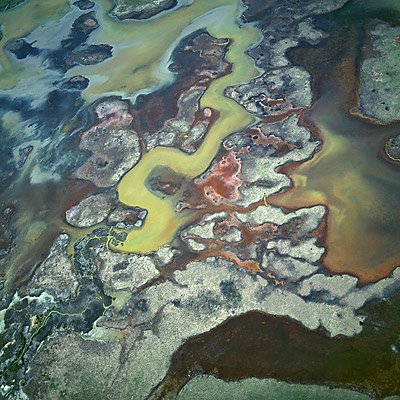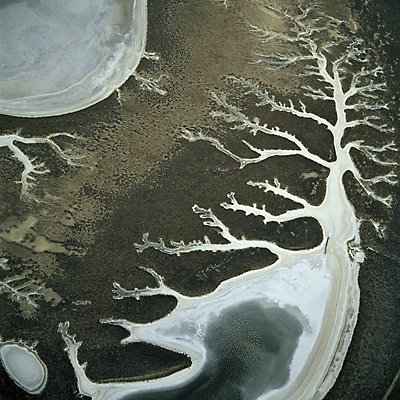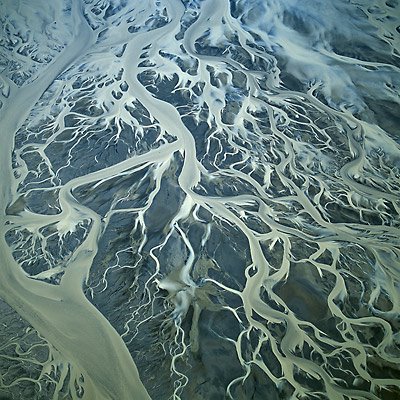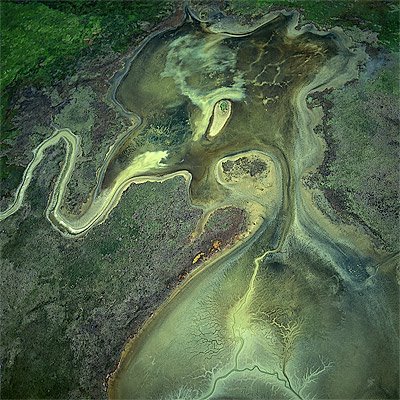 [Image: “Discarded Christmas trees were used to help rebuild the sand dunes around three years ago,” writes photographer Fiona Croall on her Instagram feed. “Now you can hardly see them!”].
[Image: “Discarded Christmas trees were used to help rebuild the sand dunes around three years ago,” writes photographer Fiona Croall on her Instagram feed. “Now you can hardly see them!”].
While discarded Christmas trees here in New York City simply piled up on the sidewalks for more than two weeks after the holidays, forming strange—if still somewhat sadly picturesque—felled forests on the margins of the city, it turns out there’s an altogether more useful fate for those trees over in England.
There, the eroding beaches at Formby, just north of Liverpool, have been partially stabilized through Christmas tree donations.
 [Image: The Christmas trees at Formby; photo courtesy National Trust/Robert Matthews].
[Image: The Christmas trees at Formby; photo courtesy National Trust/Robert Matthews].
“Our Rangers are asking people to bring their used real Christmas trees down to Formby so they can be used to help protect our internationally important sand dunes,” the National Trust explains.
The trees “help to mitigate [wind and erosion] by mimicking the action of the Marram grass, catching the sand blown on to the dunes from the beach and also dissipating the power of the wind as it blows across the surface of the dunes. Over time the trees become buried which helps to build up the dunes and they also help to partly stabilise the surface of the dunes which often allows the Marram grass to take hold again naturally.”
 [Image: The artificially stabilized beaches at Formby, with no sign of the displaced forest lurking below; photo by Fiona Croall].
[Image: The artificially stabilized beaches at Formby, with no sign of the displaced forest lurking below; photo by Fiona Croall].
Compare this approach, for example, to the widespread use of massive, industrially produced tetrapods for coastal erosion management—or even to the endless expense of so-called “beach nourishment”—and the idea of rebuilding the landscape using nothing more than linked chains of dead Christmas trees seems both tactically brilliant and cost-effective.
Not to mention archaeologically intriguing: it doesn’t take much to wonder how geotechnical assemblages such as these—huge arboreal lumps without a nearby forest to explain them—might appear to some distant researcher hoping to make sense of the stratigraphic record.
Like evidence of an ancient tsunami, the buried woods of Formby could surely sustain many a strange landscape theory to come.
(Huge thanks to photographer Fiona Croall who tweeted about the Christmas trees late last month).






 [Image: J.M. Gandy, speculations toward the ruins of John Soane’s Bank of England – but, again, how about speculations toward the Bank of England’s fossils…?]
[Image: J.M. Gandy, speculations toward the ruins of John Soane’s Bank of England – but, again, how about speculations toward the Bank of England’s fossils…?]